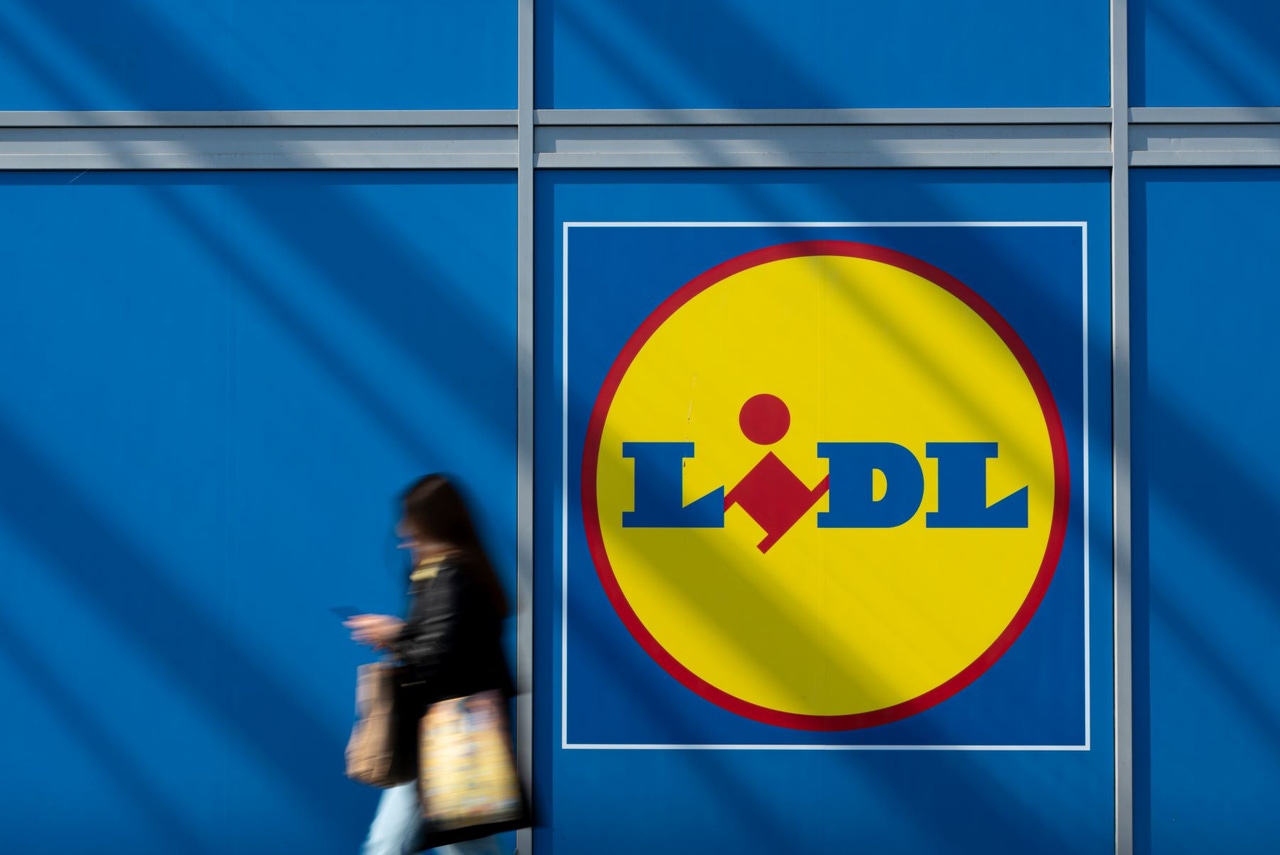Aldi continues to outpace discount rival Lidl in the U.S.Aldi continues to outpace discount rival Lidl in the U.S.
What lies ahead for the two German discount grocers in the U.S. remains to be seen, especially when it comes to the term "rival." But acquiring about 400 Winn-Dixie and Harveys stores will likely give Aldi an edge.
August 16, 2023

Aldi’s rapid U.S. growth is about to accelerate following Wednesday’s announcement that the German discount grocer is acquiring Southeastern Grocers’ Winn-Dixie and Harveys Supermarkets.
As one of America’s fastest-growing grocers by store count, Aldi US continues to outpace Lidl stateside. Owned by the Schwarz Group, Lidl US last month closed 11 of its grocery stores in the eastern part of the country and, according to the German trade publication Lebensmittel Zeitung, it has named Joel Rampoldt to helm the grocery retailer’s stateside operations. This will be the fifth time since Lidl arrived in America in 2017 that it has named a new leader.
Since coming to the U.S. six years ago, Lidl US has experienced continued challenges while Aldi US, which opened its first store in Iowa in 1976 has maintained a steady pace of growth.
Lidl's problem could lie in its lack of differentiation, at least according to one industry analyst.
“When Aldi arrived, the idea of good quality, low-cost groceries was still something of a novelty, and one that resonated increasingly well with consumers over time, even if critics continued to miss the point,” Ryan Mathews, CEO of Black Monk Consulting and a former journalist, editor, publisher and declared “philosopher of e-commerce” by Wired magazine, told WGB. “But today, the discount field is so crowded—just being a discounter is not enough. There has to be a point of clear differentiation from other discounters—one that meets an unmet consumer need. Without that point of differentiation in a fairly crowded field, Lidl remains just another ‘me too’ discounter with no effective consumer brand promise. Now, this isn't to say they can't find one and win, just that they haven't found one yet.”
Another factor that widens the gap between the two rivals is the fact that Lidl “opened with the same strategy they have in Europe, which is opening in industrial parks with large stores, but that is not how Americans shop,” David Marcotte, senior vice president for cross-industry/cross-border and technology at Kantar Consulting, told WGB.
But Marcotte said that the misstep in store layout or location wasn’t the biggest hurdle Lidl has had to face. Instead it was Lidl walking into the U.S. market over 20 years after Aldi. “Aldi has had a long, long, very quiet growth in the United States,” he said.
When it comes to differentiating the two grocers, shoppers treat “Aldi as a pantry, but the way Lidl is set up it is more of an alternative supermarket,” Marcotte said.
With renewed endurance following Wednesday’s announcement, Aldi almost instantly adds another 400 stores to its portfolio when the deal closes, leaving its discount rival further behind in the race to win over the U.S. grocery shopper.
Read more about:
AldiAbout the Author
You May Also Like






